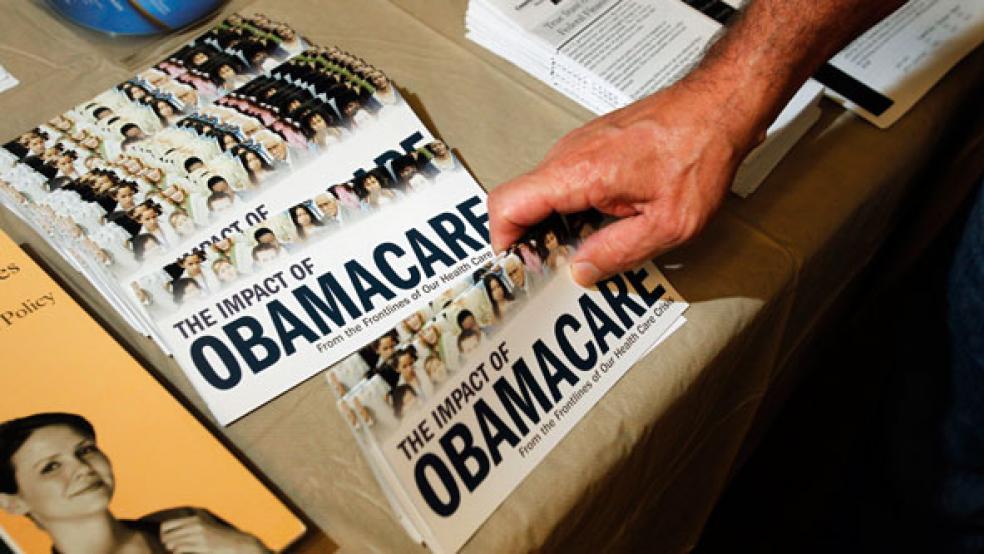This is the second year that the Affordable Care Act and taxes will collide, and two changes this year could make the cumbersome tax filing process a bit more complicated.
But let’s start with what has stayed the same.
Just like last year, if you signed up for Obamacare through a marketplace, you will get a 1095-A form, which will help determine if you got the correct amount of financial assistance, if you must pay a penalty and/or if you can claim an exemption.
The 1095-A is needed to reconcile your tax return using the 8962 form, says Jackie Perlman, senior tax research analyst with the Tax Institute at H&R Block. That form will determine the credit you’re entitled to, based on your 2015 income. If you didn’t receive an advanced premium credit throughout the year when paying your premiums, then you will receive that credit after you file your taxes.
Related: The 8 Most Common Tax Mistakes That Can Cost You Hundreds
However, if you received the credit throughout the year, reducing your monthly premium payment, then the form will show if you received a credit that was too big, too small or just the right amount given your income. If your credit was too large, you will owe the government the difference.
That happens when your income is more than you estimated it to be when you signed up through the marketplace last year.
“It’s a complicated formula but basically the lower the income, the bigger the credit,” says Perlman. “But an estimate is an estimate. You’re supposed to notify the marketplace if there is a dramatic difference in income mid-stream such as big promotion or big bonus or the reverse like being laid off or switching to a lower-paying job.”
Perlman noted that any major life changes – such as getting married or divorced or having a child—could also affect your tax return, and ultimately, your premium tax credit. This may be more of a problem for people who automatically renewed for healthcare coverage and used the same income estimate as the previous year, even though circumstances have changed.
Related: 10 Important Tax Dates for 2016
If you don’t have Obamacare
Last year, if you had health insurance through your employer, you only had to check a box showing you had coverage during the year. This year is no different, except you also will receive one of two new forms: either a 1095-C or 1095-B form, depending on the size of your employer.
These forms show you’re insured through your job and can help determine your eligibility for a premium tax credit if your company’s health plan costs more than 9.56 percent of your income. Workers should receive the forms by the end of January. In some instances, workers may receive both forms.
If you don’t have a minimum health coverage through your employer, Obamacare or other means, you might have to pay a penalty, just like last year. Except this time, the penalty is steeper. In 2015, it was increased to $325 per person for a maximum of 3 people or 2 percent of net household income, whichever is greater. In 2014, the penalty was much more manageable at $95 per person or 1 percent of net household income. The penalty is set to increase again next year to $695, or 2.5 percent of net household income.
Related: Tax Trouble: 32 Celebrities Who’ve Tangled With the IRS
The penalty is deducted from your federal tax refund or added onto the amount you owe the federal government in taxes. In some cases, you may qualify for an exemption if you don’t have adequate health coverage such as a general hardship or short coverage gaps. Look over the new Form 8965 carefully, though. There are fewer exemptions than last year.
Also, if you had no coverage last year and want insurance through Obamacare in 2016, the open enrollment period closes on Jan. 31.





